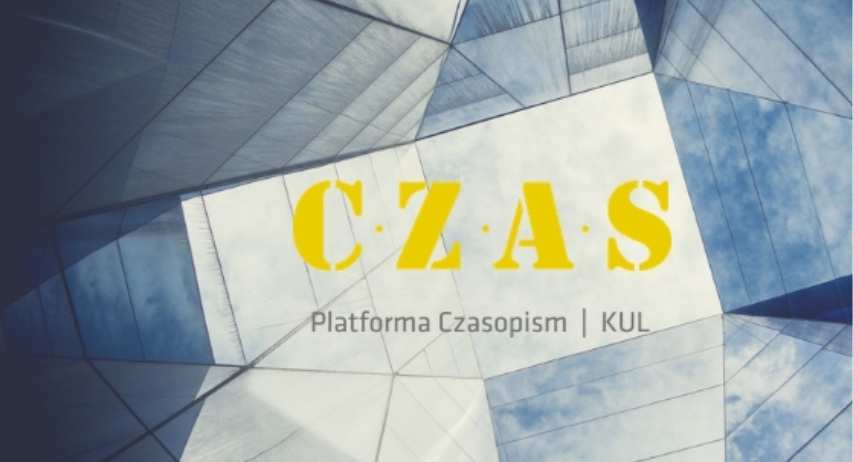The rule of the vacancy of the Head of State in the light of art. 57 of the Constitution of the Federal Republic of Germany
Grzegorz Pastuszko
Uniwersytet Rzeszowski , PolandAbstract
The article deals with the issue of the substitution of the President of the Federal Republic of Germany. Its first part involves a short outline of this institution by the time of Weimar Constitution of 1919. Next, there appears the relevant part of the text, which refers to the contemporary legal rules predicted by the Constitution of 1949. It touches upon three following problems, namely: 1) the legal position of the deputy President, 2) the so-called obstacles that cause disability of the President in holding his office, 3) the timeframe for playing a role of the substitute by the President of Bundesrat. Describing all these issues, the author formulates a thesis indicating that the present model of the substitution of the president suffers from being regulated not sufficiently detailed which may trigger serious interpretation troubles in the area of political praxis.
Keywords:
the substitution of the President, a stand-in for the President, the President of the Federeal Republic of Germany, the President of BundesratReferences
Anschütz G., Die Verfassung des Deutschen Reichs vom 11. August 1919 (Kommentar), Berlin 1929, art. 51;
Bożyk M., Instytucja Prezydenta Republiki Federalnej Niemiec, Warszawa 2007;
Butzer H., Art. 57 GG, [w:] B. Schmidt-Bleibtreu, F. Klein (red.), Kommentar zum Grundgesetz, Köln 2011;
Czarny P., Bundesrat. Między niemiecką tradycją a europejską przyszłością, Warszawa 2000
Dunaj K., Weimarski model prezydentury, Warszawa 2010;
F. Stier-Somlo, Die Verfassungsurkunde der Vereinigten Staaten von Deutschland : ein Entwurf mit Begründung, Tübingen, 1919;
Fritsch K., Die Funktionen des Reichspräsidenten nach der neuen Reichsverfassung vom 11. August 1919 verglichen mit den Funktionen des ehemaligen deutschen Kaisers, Stettin 1921;
Hatscheck J., Deutsches und preussisches Staatsrecht, Berlin 1922;
Herrfahrdt H., Die Kabinettsbildung nach der Weimarer Verfassung unter dem Einfluss der politischen Praxis, Berlin 1927;
Herzog R., Art. 57, [w:] T. Maunz, G. Dürig (red.), Grundgesetz. Kommentar, München 2014;
Hohhof T., Die Stellvertretung des Reichspräsidenten, Hamburg 1927;
Isensee J., Kirchhof P., Parlament Republiki Federalnej Niemiec, Warszawa 1995;
Mettke W., Die Verantwortlichkeit des Reichsgerichtsspräsidenten als Stellvertrete des Reichspräsidenten und deren Geltenmachung, Breslau 1934;
Paterok N., Wahrnehmung der Befugnisse des Bundespräsidenten durch den Präsidenten des Bundesrates, Artikel 57 GG, München 1966;
Pieroth B., Art. 57, [w:] H. Jarass, B. Pieroth (red.), Grundgesetz für die Bundesrepublik Deutschland, Aufl. 4, München 1997;
Pitschas R., Die Vertretung des Bundespräsidenten durch den Präsidenten des Bundesrates, Der Staat Bd. 12, 1973;
Stier-Somlo F., Deutches Reichs- und Landesstaatsrecht, Band 1, Berlin 1924;
Umbach D.C., Artikel 57, [w:] D.C. Umbach, T. Clemens (red.), Grungesetz. Mitarbeiterkommentar, Tom II, Art. 38-146 GG, Heidelberg 2002;
Wahl R., Stellvertretung im Verfassungsrecht, Berlin 1971;
Weisser G. Die Stellvertretung des Reichspräsidenten unter Berücksichtigung des ausländischen Staatsrecht, Kiel 1926.
Uniwersytet Rzeszowski
License
The Author declares that the Work is original and does not infringe any personal or proprietary rights of third parties, and that She/He has unlimited rights to the Work which are the subject of the Agreement signed with the Publisher.
Author of the publication transfers to the Publisher the economic copyrights to the Work (article) submitted for publication, free of charge, without time and territorial restrictions in the following fields of use:
a) production, recording and reproduction of the copies of the Work by a specific technique, including printing, magnetic recording and digital technology;
b) marketing, lending or rental of the original or copies of the Work, and distribution in the form of open access, in accordance with the license Creative Commons Attribution 4.0 International (also known as CC BY), available at: https://creativecommons.org/licenses/by/4.0/legalcode.pl;
c) inclusing the Work in the composition of the collective work;
d) publishing on the website of the journal, public performance, exhibition, display, reproduction, broadcasting and rebroadcasting, and making the Work available to the public in such a way that everyone can have access to them in a place and at a time chosen by them;
e) uploading the Work in an electronic form to electronic platforms or other uploading of the Work in an electronic form to the Internet or other network.
The proprietary copyright to the Work is transferred to the Publisher free of charge upon signing the contract wit the Publisher.







